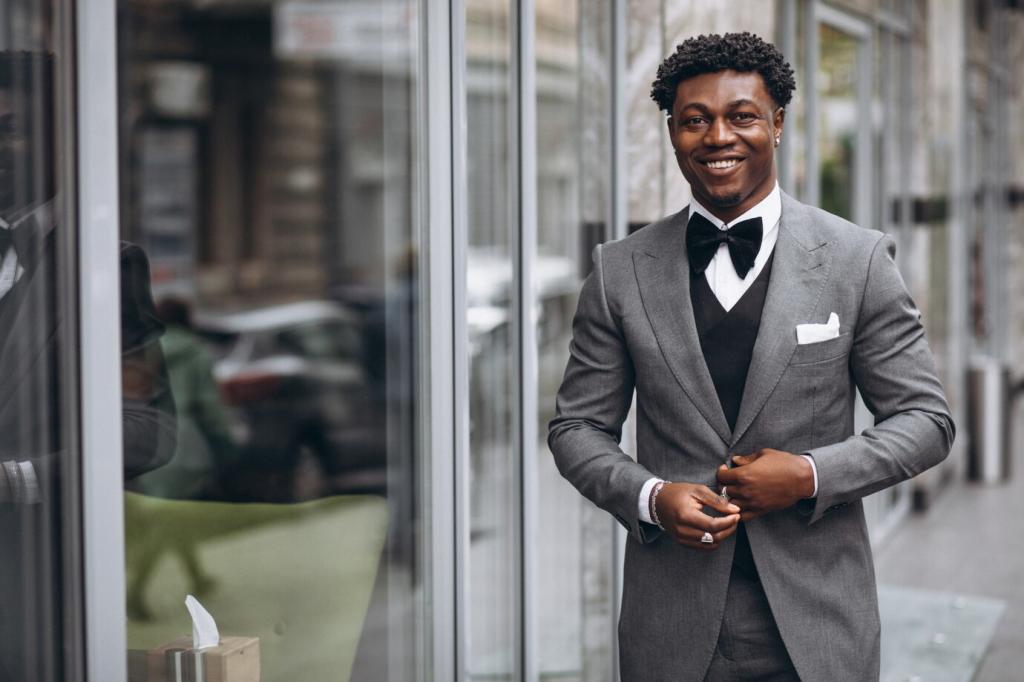Dressing for Formal Occasions: A Comprehensive Guide
Understanding Formal Dress Codes
01
Black-Tie Events: What to Expect
Black-tie events are among the most popular formal occasions, often associated with galas, weddings, and prestigious ceremonies. For men, black-tie typically means a tuxedo, a crisp white dress shirt, black patent shoes, and a black bow tie. Women are expected to wear elegant floor-length gowns or sophisticated cocktail dresses in classic colors. Understanding the nuances of black-tie allows you to select an outfit that is both appropriate and striking, ensuring you honor the event while standing out in style. Carefully selected accessories, subtle makeup, and well-groomed hairstyles complete the look and reflect effort and respect for the occasion.
02
White-Tie Affairs: The Ultimate Formality
White-tie is the highest standard of formal dress, reserved for state dinners, royal banquets, and extremely formal weddings. The dress code is strict: men must wear a black tailcoat, white formal shirt, white vest, white bow tie, high-waisted black trousers, and patent leather shoes. For women, a floor-length ball gown and sophisticated jewelry are mandatory, with long gloves often required. Few events demand this level of formality, but when they do, it’s crucial to adhere strictly to tradition. The aim is to demonstrate the utmost respect for the hosts and occasion, showcasing impeccable taste and a deep understanding of sartorial codes.
03
Business Formal: Professional Elegance
Business formal is often required for important meetings, ceremonies, and professional gatherings. This dress code sits between traditional formalwear and standard business attire, demanding sophistication without excessive embellishment. Men should opt for a dark, well-fitted suit, conservative dress shirt, silk tie, and polished dress shoes. For women, tailored pantsuits, skirt suits, or sheath dresses paired with subtle accessories are ideal. Overall appearance should be restrained yet authoritative, reflecting professionalism and attention to detail. Comprehending business formal will ensure you project confidence, competence, and respect in corporate environments.
The Timeless Suit and Tuxedo
A well-constructed suit or tuxedo is the cornerstone of formal dressing for men. The classic black tuxedo, complete with satin lapels and matching trousers, remains the ultimate symbol of formality. For less strict events, a charcoal or navy suit offers versatility and sophistication. Quality, fit, and fabrication are paramount, as these attributes elevate the wearer’s appearance and feel. Meanwhile, subtle tweaks such as pocket squares or understated cufflinks allow for personality while respecting the dress code. Owning a perfectly tailored suit or tuxedo means you are equipped for any formal occasion, from weddings to awards ceremonies.
The Essential Formal Dress
For women, the go-to garment for formal occasions is the evening gown or cocktail dress, depending on the event’s level of formality. A floor-length black dress is iconic and universally flattering, while richer hues and tasteful embellishments offer modern alternatives. The choice of silhouette—be it mermaid, A-line, or sheath—should flatter one’s figure and enhance comfort. Investing in at least one high-quality formal dress ensures readiness for galas, charity events, and black-tie weddings. Simple accessories and elegant shoes can refresh the look for different events, making this staple endlessly versatile.
Shirts, Blouses, and Foundations
Both men and women require a collection of foundational pieces that complement their main attire. For men, crisp white or light blue dress shirts made from high-quality cotton provide a polished base for suits and tuxedos. Women benefit from elegant blouses or understated camisoles in silk or satin, paired beneath blazers or dresses. Proper fit, fabric, and attention to details like collar style or sleeve length can substantially enhance the overall look. Reliable foundational pieces not only support the outfit’s structure but also ensure comfort during sometimes lengthy formal events.
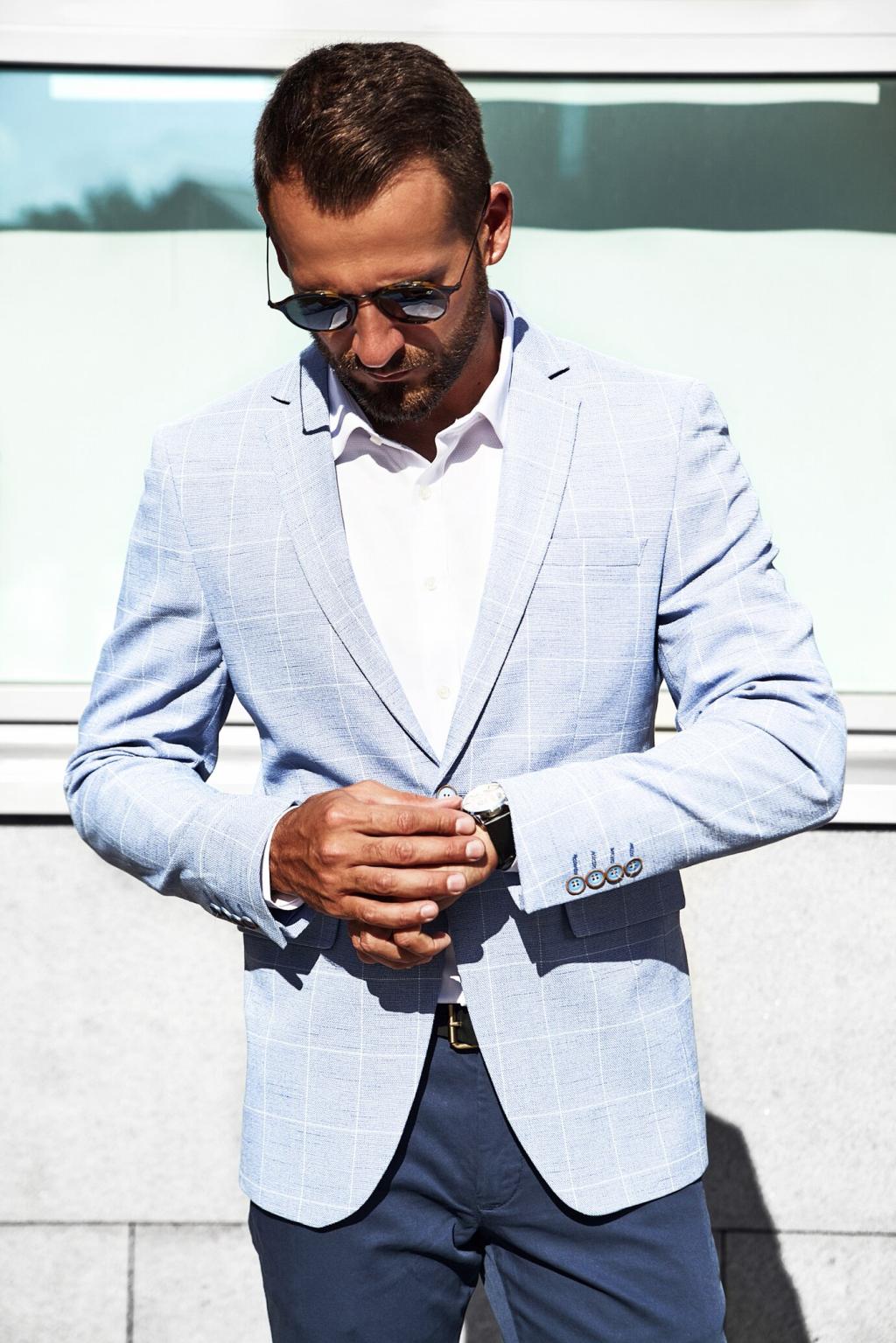
Tailoring and the Importance of Fit
Many people purchase formal attire off the rack and later seek alterations to achieve a refined fit. But custom tailoring offers the ultimate in personalization, with every seam, sleeve, and silhouette crafted for your body. The difference is especially evident in suits, tuxedos, and gowns, where small details such as hem length, jacket width, and shoulder placement can make a vast difference. While custom pieces are a greater investment, their durability, uniqueness, and impeccable fit justify the cost for frequent formal event attendees. In either case, never underestimate the impact of professional alterations to transform your look.
Achieving the ideal fit involves more than just matching the size label to your measurements. A flawless fit means that seams align correctly with shoulders, trousers break at the right point above the shoes, and dresses hug the contours without restricting movement. Comfort is key—as is being able to sit, stand, and walk with ease throughout an event. Quality tailoring addresses details such as sleeve and cuff lengths, dress linings, and fabric drape. Investing in these elements brings a new level of polish that elevates any formal outfit considerably.
Men should pay particular attention to jacket waist suppression, trouser seat and taper, and shirt collar fit. Small adjustments often yield substantial improvements in appearance and movement. Women benefit from alterations that refine dress bust and waist proportions, raise or lower hems, and adjust straps or bodice structures for security and comfort. It’s wise to develop a relationship with a trusted tailor who understands your style preferences and body nuances. Skilled tailoring doesn’t just enhance clothing—it reinforces confidence, comfort, and style in equal measure.
Traditionally, fine wool is the primary material for men’s suits and tuxedos thanks to its drape and resilience. Silk is prized for sumptuous dresses, blouses, and lining, lending a natural sheen that translates beautifully in evening wear. Satin, with its glossy finish, is a favorite for formal gowns and accessories such as cummerbunds and lapels. Velvet offers unique texture and depth, perfect for winter events or accent pieces like blazers. Selecting high-quality textiles elevates the feel and appearance of your attire while maximizing comfort and style.
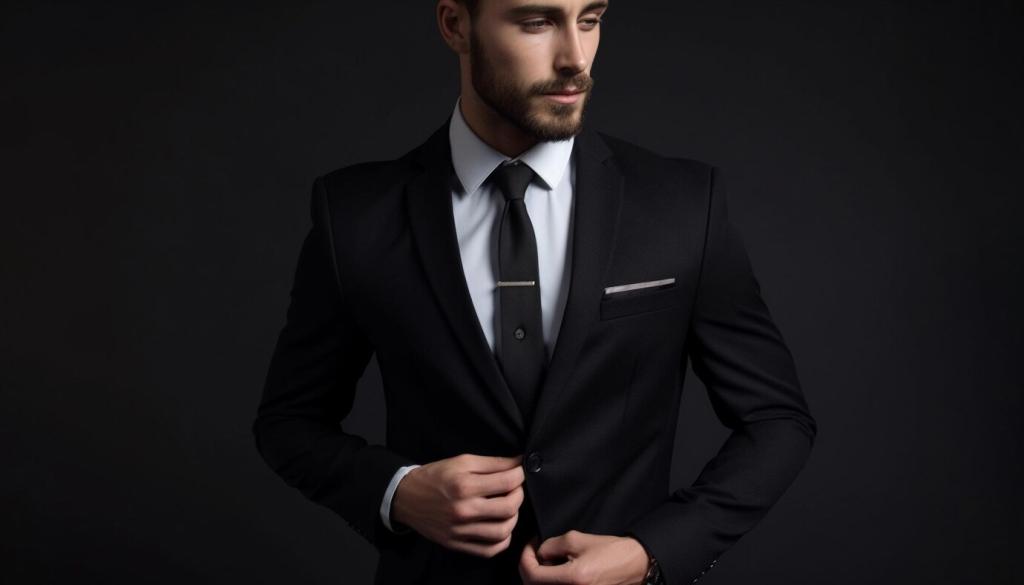
Formal Attire Etiquette and Manners
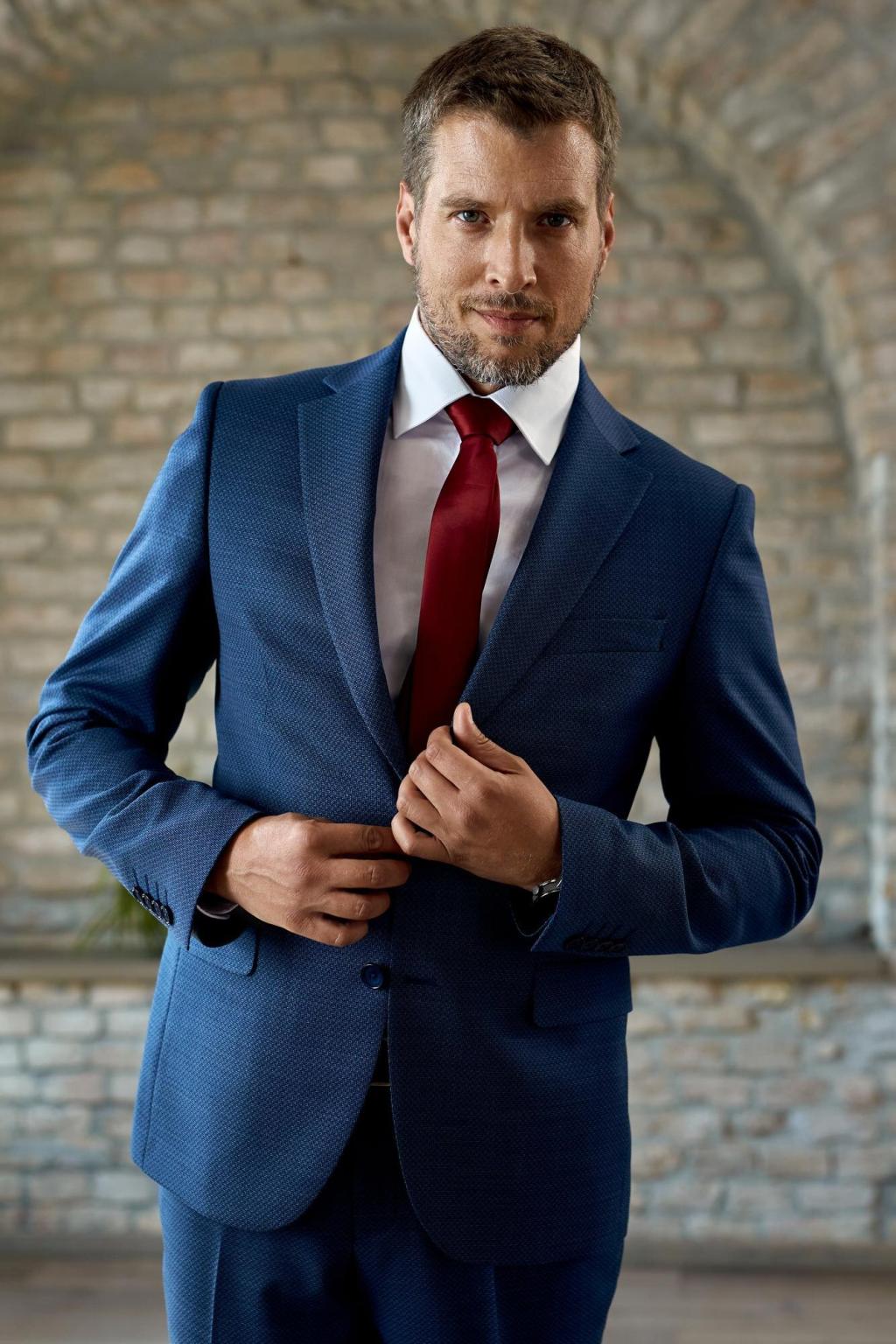
RSVPs and Pre-Event Preparation
Formal events usually require a timely response to invitations, as seating and service plans often depend on advance notice. Responding promptly affirms your respect for the organizers and ensures your name is on the guest list. Preparations may include confirming the dress code, arranging transportation, and grooming well in advance. Thoughtful planning eliminates last-minute stress and demonstrates consideration for both the event’s logistical needs and your own presentation.
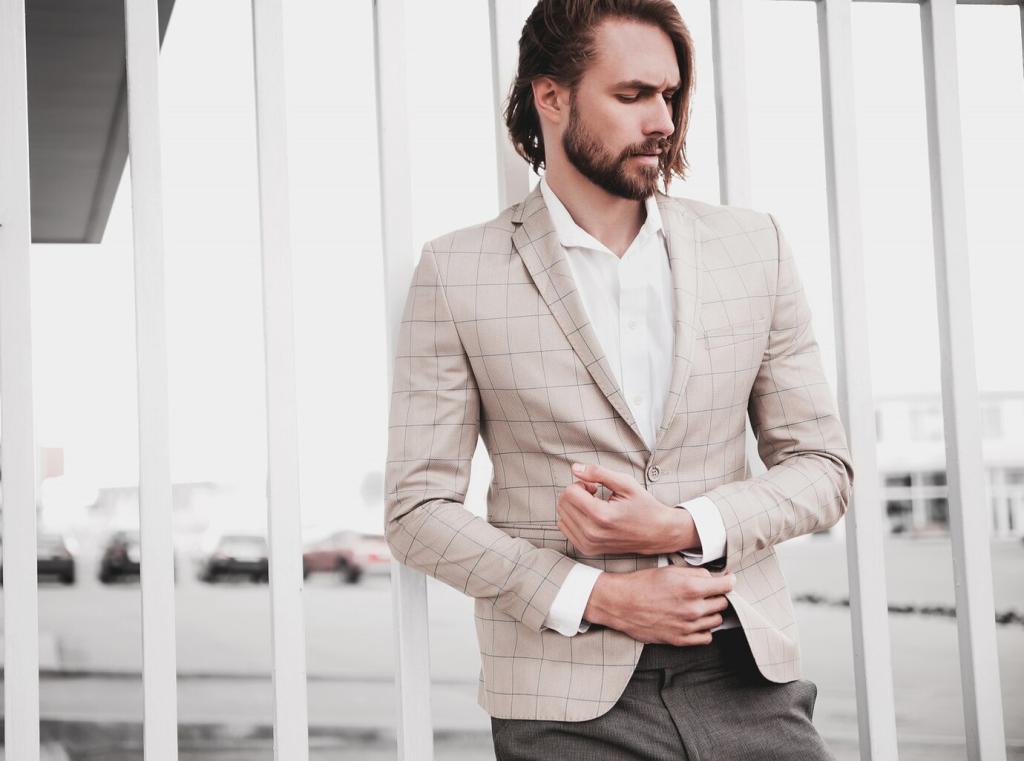
Entering with Grace
Making a memorable entrance at a formal event involves more than simply showing up well-dressed. Practice punctuality, as arriving late disrupts proceedings and draws unnecessary attention. Greet hosts and other guests with polite confidence, keeping introductions brief and gracious. Avoid drawing undue attention to your outfit, and let your confidence and good manners speak on your behalf. Observing these subtle etiquette cues enhances your reputation as a respectful and well-prepared guest.

Conducting Yourself with Poise
During the event, exemplary behavior is just as important as attire. Maintain polite conversation, adhere to seating arrangements, and pay attention to cues for activities such as toasts or speeches. Avoid loud or disruptive behavior, excessive drinking, or inappropriate selfie-taking. If in doubt about protocol—such as when to remove a jacket or which fork to use—observe other experienced guests. By embodying grace and etiquette, you contribute positively to the atmosphere and make the most of your elegant ensemble.
Contemporary Trends in Formalwear
For many years, formalwear was synonymous with black, white, and subdued tones. Today’s designers experiment with jewel tones, metallics, and even tasteful prints. Navy tuxedos, deep green gowns, and burgundy blazers offer fresh alternatives that still honor event formality. Women’s dresses feature unexpected florals or geometric patterns for subtle individuality. Judicious choices allow for personal expression without overshadowing tradition, letting you stand out while remaining event-appropriate.
Preparing for the Unexpected
Despite best efforts, minor accidents such as loose buttons, broken zippers, or snapped straps occasionally occur. Having a small emergency kit with safety pins, double-sided tape, and a sewing needle can be invaluable. If something does go awry, stay calm and address the situation discreetly, seeking assistance from event staff or a discreet area if needed. Handling malfunctions with grace prevents embarrassment and demonstrates adaptability, allowing you to focus on enjoying the event.
